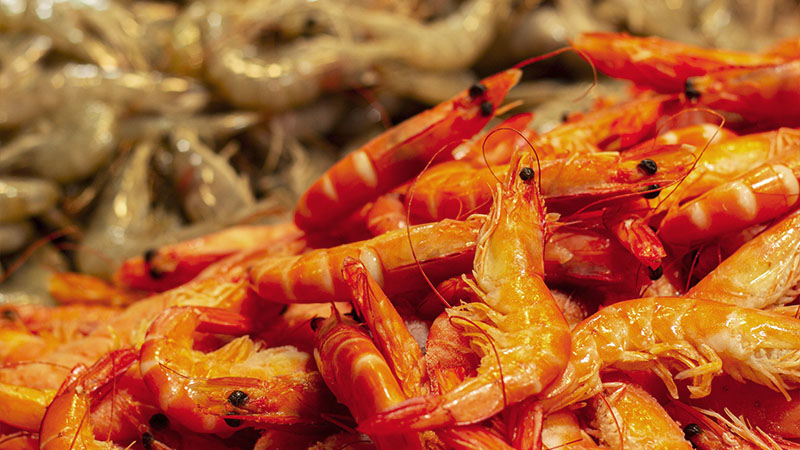Exclusive content

Phu Hung Securities Company (PHS), based in Vietnam, forecasts a continued struggle for the global shrimp industry in 2024, grappling with persistent challenges stemming from oversupply. Shrimp production is expected to see marginal increases, with Ecuador poised to witness a 7% uptick in production, reaching 1.5 million tons. Similarly, India is projected to maintain its shrimp output at 700 thousand tons by the end of 2024.
Market Dynamics and Demand
PHS anticipates ongoing uncertainty for Asian shrimp producers, potentially leading to adjustments in stocking densities. However, the performance of the seafood industry hinges significantly on demand dynamics, with developed markets displaying resilience in shrimp demand and prices. Despite this, the trajectory of the market remains uncertain, subject to various economic factors.
Shrimp exports to the US have experienced fluctuations, with import volumes showing signs of improvement after a prolonged period of decline. As of May 10, 2023, the US had imported 649,000 tons of shrimp with a value of USD 5.4 billion, marking a 9% decrease in volume and a 20% decrease in value compared to the same period in the previous year. Notably, the Consumer Confidence Index in the US has displayed a slight increase, rising to 102 in November 2023 from 99.1 in October, hinting at a gradual recovery in the shrimp market, albeit with ongoing challenges.
Price Trends and Market Competition
The average price of Vietnamese shrimp exported to the US has decreased by 10% over the same period, to USD 10.57 per kg, but remains 40% higher than the Indian shrimp price of USD 7.56 per kg and 56% higher than the Ecuadorian shrimp price of USD 6.77 per kg. With a substantial supply of shrimp anticipated in 2024, export prices are expected to remain under pressure.
Japan, renowned for its high seafood consumption, remains a crucial market for shrimp exports. Together with the US and China, Japan accounts for about 56.2% of the world shrimp market share. Although facing challenges such as currency fluctuations and disease outbreaks, Japan continues to be a significant destination for shrimp exports, with optimism for the year ahead. Every year, Japan imports about 200,000 tons of shrimp from India, Vietnam, Indonesia, and Thailand.